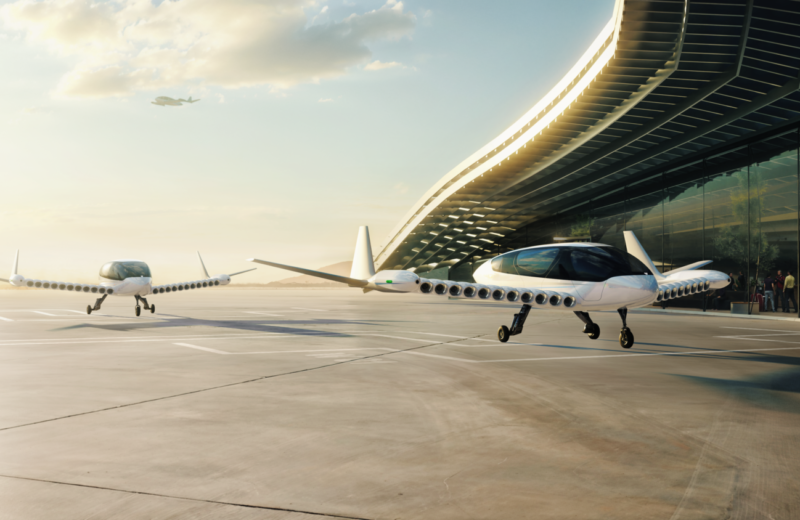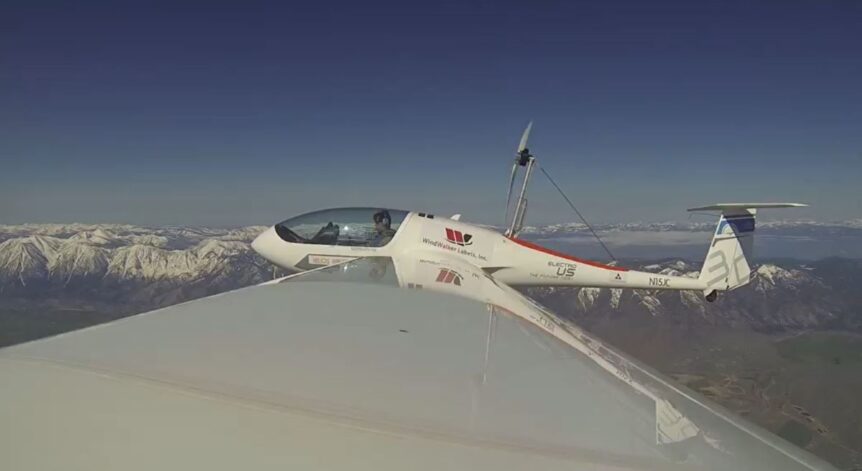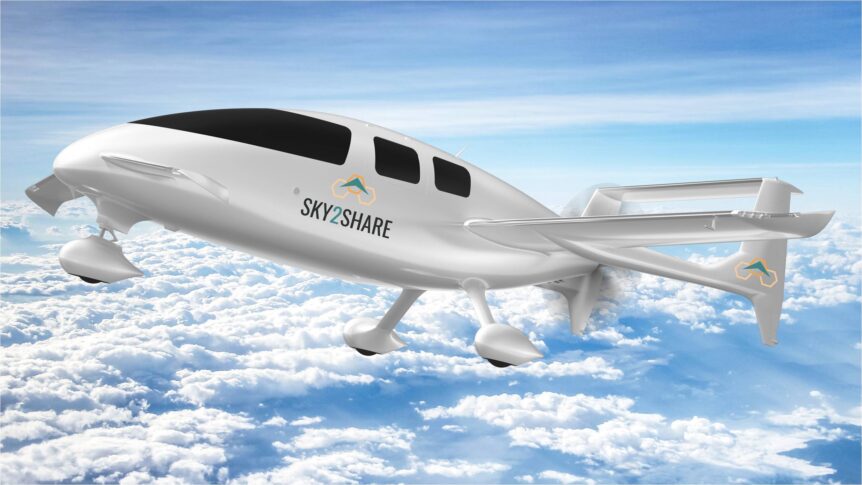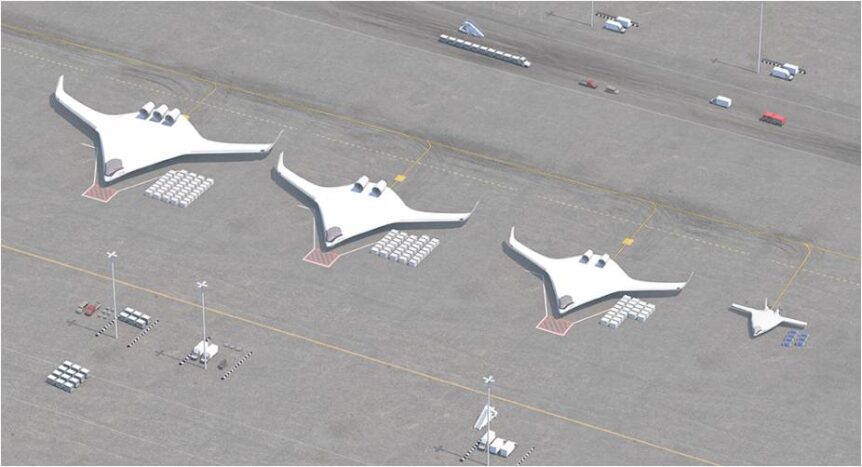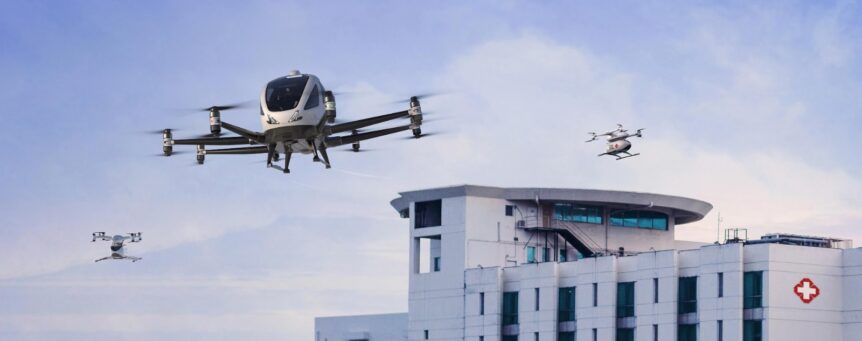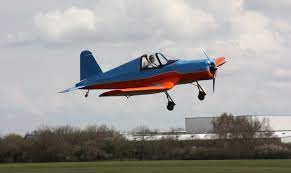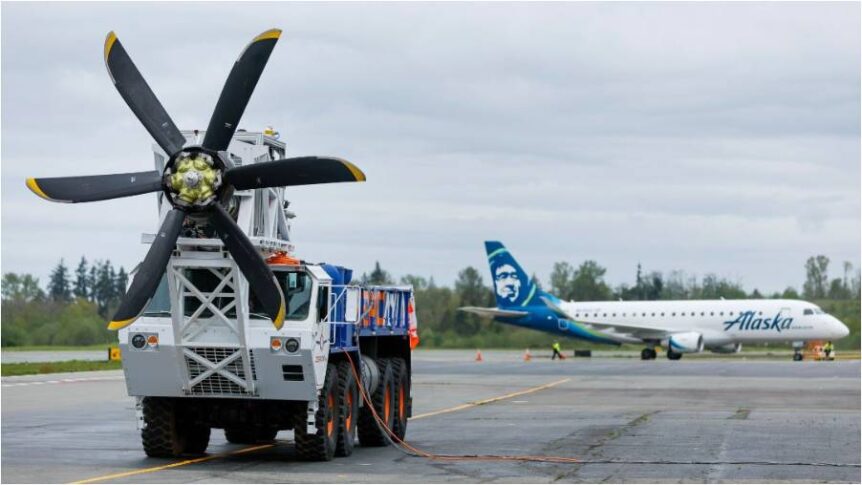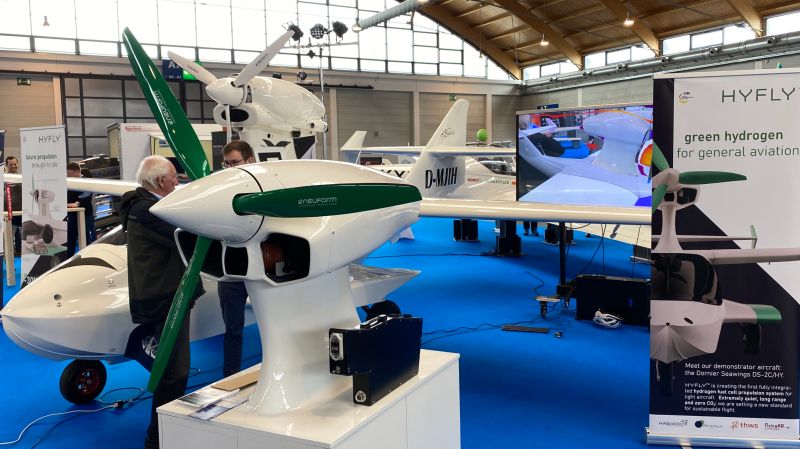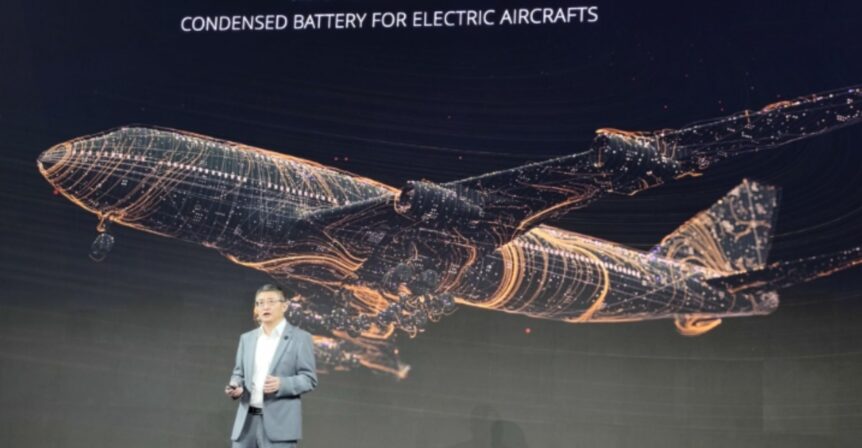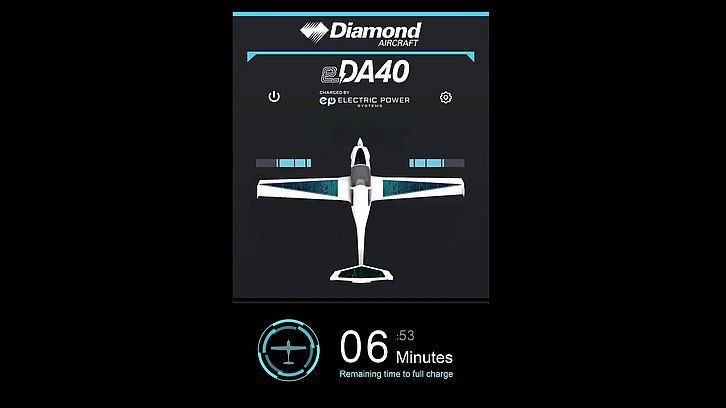Mark Moore had a long career at NASA, followed by his leadership of Uber Elevate, the car-sharing service’s attempt to emulate their terrestrial cab competition in a more skyward realm. Moore left all that behind to form his own company, Whisper Aero, which recently unveiled its Whisper Jet electric ducted fan propulsor. “Whisper” is more than just a trade name here. Moore and his team have created an electric ducted fan propulsion system that seems to be far quieter than anything else flying. Whisper Aero plans to supply these systems to airframe manufacturers, but not to produce any aircraft itself. What’s All the Noise About? Moore works from the standpoint that reducing noise is paramount in gaining community acceptance of AAM (Advanced Air Mobility)* machines. If Mark is correct in his assessments, which seem borne out by recent tests, his ultra-quiet propulsors should be a big part of future urban and regional flight. One dictum of propeller design is that …
Miguel Iturmendi Hits New Heights
The Perlan Project has special words for one of their pilots. “It’s a big day for electric aviation and soaring. This morning after months of preparation, Perlan Pilot Miguel Iturmendi made 2 world altitude record claims for electric aviation under 500kg — max. Altitude and highest altitude in level flight, 16,000 feet in a motor glider! The new claim is 60% higher than the previous record. Congratulations Miguel!” Miguel has been higher, including a trip to 65,000 feet in 2019. As pilots for the Perlan Project, Miguel and Chief Pilot Jim Payne hit a record height that day, although not the ultimate height for Perlan. It’s not Miguel’s first, and probably won’t be his last record. He’s already gone to 20,000 feet in the modified Pipistrel Taurus he’s using for atmospheric research, but the altitude was not observed and verified by a certified observer for the National Aeronautical Association. The actual record was observed and certified by the NAA’s Kris …
VoltAero in Three Flavors
Jean Botti has had a remarkable career on two continents, culminating in his leadership of French company VoltAero, which offers its latest hybrid aircraft in three flavors. It’s all based on a modular design which shares a three-lifting-surface aerodynamic platform. As the company notes, “First to enter service will be the Cassio 330, with five seats and powered by the 330-kilowatt electric-hybrid propulsion system. VoltAero’s follow-on six-seat Cassio 480 will have an electric-hybrid propulsion power of 480 kilowatts, while the Cassio 600 is sized at a 12-seat capacity with electric-hybrid propulsion power of 600 kilowatts.” The 330 has a wingspan of 32 feet eight inches and a maximum takeoff weight of 4,255 pounds (1,930 kilograms). 480 and 600 models share a 40-foot, seven-inch span and longer fuselages to accommodate larger power trains, more passengers and cargo. This impressive array of planned aircraft stems from humble beginnings, a Colomban Cri-Cri (the world’s smallest twin-engine airplane designed by one of the engineers …
ZeroAvia and Natilus Partner on Blended Wing Cargo Plane
ZeroAvia, maker of hydrogen-Electric powerplants for zero-emission aviation, has been selected to partner with Natilus, “a leading innovator in designing and developing new autonomous blended-wing-body (BWB) cargo aircraft.” Kona, smallest of the pack, will carry a 3.8-ton (7,600-pound), while Natilus’ web site shows three additional BWBs, jumping to 60, 100, and 130 tons cargo-carrying capacity and maximum takeoff weights of up to nearly a million pounds. For a fact sheet on all the designs, click here. As an option to conventional turboprops, two ZeroAvia’s ZA600s producing 600 kilowatts (804 horsepower) each will power Kona, with its 26-meter (85-foot) wingspan capable of carrying its load 900 nautical miles (1,667 kilometers) at a cruising speed of 220 knots (407 kilometers) per hour. Natilus claims its range of BWB’s will 60-percent more cargo volume than traditional aircraft for the same weight giving 60-percent lower total cost of operations and 50-percent lower CO2 emissions. In terms of operating costs, Natilus’ largest craft come in …
eHang Near Chinese Certification
Last September, eHang announced their EH216 is close to certification by the Civil Aviation Authority of China (CAAC) and revealed some astounding numbers. The EH216 (two seats, 16 rotors) has over 30,000 safe flights to its credit. An even stronger sign that eHang is headed toward commercial operations – its safety video. You don’t need to be conversant in Mandarin or Cantonese to get it. Preparing for customer operations is a clear sign of intent. According to eHang, a “Project Specific Certification Plan has been officially approved by the Civil Aviation Administration of China (“CAAC”). At present, various specified review subjects have been confirmed, including performance and flight, structural strength, design and configuration, ground control station, airborne human-computer interaction, totality, continued airworthiness, etc., and activities for demonstration and verification of compliance are being prepared.” Final tests and validation will follow, with certification expected by this fall. They are preparing passengers for a professional, slick experience, and setting expectations at a …
Light Electric Aircraft at Aero Expo
Three companies presented electric versions of their light electric aircraft at Friedrichshafen, Germany this year. From a WWII replica to a high- and low-wing pair of Part 103-compliant craft, to a very modern trainer, the three represent increasing sophistication in light aircraft. Elektra Trainer Dr. Birgit Weissenbach shared that as the only approved electric aircraft in its class, the Elektra Trainer also gained Aero Expo’s Innovation Award 2023 from Aerokurier. We’ve described the technical details of the airplane in a February entry about its certification, and highlighted its development through many other entries. Dr. Wiessenbach noted,“What is particularly pleasing is that this year’s reader award was drawn not only among electric aircraft, of which there are currently not that many, but in the much larger category engine and electric aircraft. Its promised “2.5 hours of safe flight,” validated noise level of 48 dBa, and relatively easy one-person assembly all add up to a functional, useful trainer that can lower …
ZeroAvia Has New Airplane, New Motor
ZeroAvia has taken delivery of a 76-seat Bombardier* Q400 airplane from Alaska Airlines. The craft could become a test bed for ZeroAvia’s modular HyperCore motors and hydrogen fuel systems. The Q400 will carry four times the number of passengers of the company’s current Dornier 228 twin-engine test aircraft – already having made five successful test flights. ZeroAvia proclaims, “The future of flight is renewable hydrogen,” and explains with a mission statement. “From 20 seat regional trips to over 100 seat long-distance flights, ZeroAvia enables scalable, sustainable aviation by replacing conventional engines with hydrogen-electric powertrains.” Two Dorniers, one in the United Kingdom and one in Hollister, California, are undergoing test flights (five so far in the Cotswolds in England) or awaiting FAA approval for such flights in Hollister. Acquiring the Bombardier brought a lot of attention to the Everett, Washington area recently, where ZeroAvia has a development center. Governor Jay Inslee came to inspect the project Q400 and prophecy about an increasingly …
Dornier DS-2C – a Hydrogen Hydroavian
What happens when a major aircraft company buys an interesting seaplane and repowers it with hydrogen? Dornier, a long-time German producer of often brilliant aircraft, acquired the rights to a two-seat amphibian, the Flywhale FW650, as of January 1, 2022. Originally powered with a Rotax engine, the craft will be repowered with an electric motor and a variety of possible battery, hydrogen, or hybrid power sources. Redesignated the Dornier DS-C2, it becomes part of the Seawings division and could live not only in the world of unlimited runways, but become a true eVTOL (electric Vertical Take Off and Landing) airplane, the DS-2C-X. The standard Light Sport Aircraft configuration can carry two at 250 kilometers per hour (155 mph), over a distance of 1,000 kilometers (620 miles) – impressive enough. It can operate in sea states up to 2 (Sea state 2 includes waves of 0.6 to 0.9 feet and winds up to 8 to 10 knots, or 9.2 to 11.5 mph.) …
Three Silicon 500 Kilowatt-hour-per-Kilogram Batteries
Suddenly, three battery makers have announced silicon-based 500 kilowatt-hour batteries, a major leap forward for possible use in electric aircraft. The three use varied techniques to achieve this significant energy increase. Amprius We covered Amprius’ new battery on March 28, noting its successful record-breaking flights in AALTO’s Zephyr HAPS (High Altitude Pseudo Satellite) aircraft. This frail-looking but obviously over-achieving machine has loitered over the desert of New Mexico and beyond for over 64 days and nights, powered by a combination of sunlight and Amprius batteries. The batteries in particular just keep getting better. That record was set with the last generation of Amprius cells, but future flights will benefit from the verified performance of their new 500 kilowatts per kilogram batteries. Mobile Power Solutions performed such tests, showing results of >504 Wh/kg and >1321 Wh/l at 25°C. Pierre-Antoine Aubourg, Chief Technical Officer at AALTO HAPS, looks ahead. “We look forward to taking advantage of Amprius’ 500 Wh/kg cell to further …
Diamond’s eDA40 and its Electric Ambitions
Austria’s Diamond Aircraft launched its eDA40 last year, headed toward becoming “The first EASA/FAA (European Aviation Safety Agency/Federal Aviation Agency) Part 23 certified electric airplane with DC fast charging. Electric Power Systems’ DC fast charging system is capable of turning around a depleted aircraft in under 20 minutes.” Austria’s Diamond Aircraft has been developing environmentally responsible aircraft for the last several decades, starting with the hydrogen fuel cell-powered HK-36 in 2008. Diamond promoted its work with Boeing Phantom Works as emitting nothing more than waste heat and water vapor, demonstrating “technology that may result in cleaner APU’s (auxiliary Power Units) for commercial aircraft of the future.” Diamond went beyond that over the next decade, using the HK-36 as a testbed for various hybrid and electric power variants. In 2018, things had evolved to the HEMEP (Hybrid Electric Multi Engine Flying), a serial hybrid with two Siemens (now Rolls-Royce) motors on nose-mounted stalks powered by an internal combustion engine in the …

